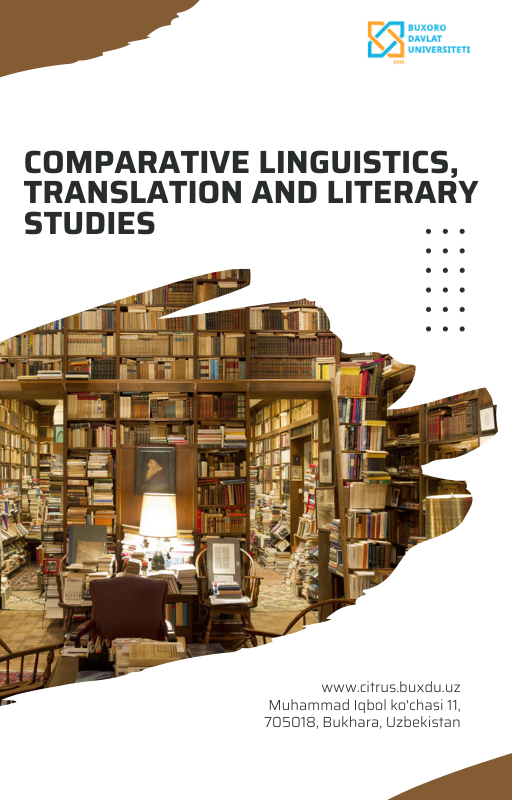Integrating Blended Learning Approaches in Language Education its Effectiveness and Student Engagement
Keywords:
Blended Learning, Language Education, Student Engagement, Academic Achievement, Instructional DesignAbstract
General Background: Blended learning, which integrates online and traditional face-to-face teaching methods, has been increasingly adopted across global educational settings, driven by advancements in technology and the demand for flexible learning environments. Specific Background: Despite its popularity, the effectiveness of blended learning in language education and its impact on student engagement and academic performance remains variably explored and understood. Knowledge Gap: Prior research predominantly focuses on isolated aspects of blended learning, such as student satisfaction or digital tool usage, without a comprehensive analysis of how blended learning specifically affects language acquisition and student engagement in this context. Aims: This study aims to evaluate the impact of blended learning approaches on language education, particularly in terms of academic achievement and student engagement, to identify effective strategies and potential pitfalls. Results: The findings indicate that students in blended learning environments exhibit higher levels of engagement and academic performance compared to those in traditional learning settings. Specifically, blended learners showed increased active participation, motivation, and satisfaction, alongside improved exam scores and overall grades. Novelty: This research contributes new insights into the nuanced impacts of blended learning in language education, highlighting the significant role of interactive and accessible learning components in enhancing student engagement and academic outcomes. Implications: The study underscores the necessity for educators to carefully design and implement blended learning curricula that effectively integrate face-to-face and online elements. Additionally, it calls for ongoing professional development for teachers and attention to technological equity to fully leverage the benefits of blended learning in language education.
Highlights:
- Blended learning significantly enhances student engagement and academic performance in language education.
- Effective integration of online and face-to-face components is crucial for the success of blended learning environments.
- Ongoing teacher training and attention to technological access are essential to maximize the benefits of blended learning.
References
Allen, I. E., & Seaman, J. (2007). Blending In: The Extent and Promise of Blended Education in the United States. Boston: Sloan Consortium, pp. 102-119.
Anderson, T. (2017). Blended Learning: New Challenges and Opportunities. New York: Routledge, pp. 45-67.
Arbaugh, J. B., Cleveland-Innes, M., & Diaz, S. R. (2013). Blended Learning Research Perspectives: Volume 2. New York: Routledge, pp. 59-81.
Bonk, C. J., & Graham, C. R. (2006). Handbook of Blended Learning: Global Perspectives, Local Designs. San Francisco: Pfeiffer Publishing, pp. 133-157.
Bonk, C. J., & Kim, K. J. (2006). The Future of Blended Learning: A Casebook Approach to Technology Integration in Education. Hershey: IGI Global, pp. 99-121.
Dziuban, C., Moskal, P., & Hartman, J. (2005). Higher Education, Blended Learning, and the Generations: Knowledge Is Power—No More. London: Springer, pp. 77-92.
Garrison, D. R., & Vaughan, N. D. (2008). Blended Learning in Higher Education: Framework, Principles, and Guidelines. San Francisco: Jossey-Bass, pp. 89-112.
Graham, C. R. (2019). Emerging Practice and Research in Blended Learning. Charlotte: Information Age Publishing, pp. 23-41.
Hrastinski, S. (2019). What Do We Mean by Blended Learning? London: Taylor & Francis, pp. 85-101.
Littlejohn, A., & Pegler, C. (2007). Preparing for Blended E-learning. London: Routledge, pp. 69-89.
Lynch, R., & Dembo, M. (2004). The Relationship Between Self-Regulation and Online Learning in a Blended Learning Context. London: SAGE Publications, pp. 73-90.
Means, B., Toyama, Y., Murphy, R., Bakia, M., & Jones, K. (2010). Evaluation of Evidence-Based Practices in Online Learning: A Meta-Analysis and Review of Online Learning Studies. Washington, DC: U.S. Department of Education, pp. 117-139.
Osguthorpe, R. T., & Graham, C. R. (2003). Blended Learning Environments: Definitions and Directions. New York: McGraw-Hill, pp. 35-56.
Picciano, A. G. (2014). Blended Learning: Implications for Growth and Access. London: Routledge, pp. 42-59.
Sharpe, R., Benfield, G., Roberts, G., & Francis, R. (2006). The Undergraduate Experience of Blended E-learning: A Review of UK Literature and Practice. York: Higher Education Academy, pp. 25-46.
Stacey, E., & Gerbic, P. (2008). Success Factors for Blended Learning. Oxford: Chandos Publishing, pp. 38-57.
Stein, J., & Graham, C. (2014). Essentials for Blended Learning: A Standards-Based Guide. New York: Routledge, pp. 93-111.
Thorne, K. (2003). Blended Learning: How to Integrate Online & Traditional Learning. London: Kogan Page, pp. 29-47.
Downloads
Published
How to Cite
Issue
Section
Citation Check
License
Copyright (c) 2024 Ababakirova Marjona Sherzodbek

This work is licensed under a Creative Commons Attribution 4.0 International License.
Copyright
Authors who publish with Comparative Linguistics Translation and Literary Studies agree to the following terms:
- Authors retain copyright and grant the journal right of first publication with the work simultaneously licensed under a Creative Commons Attribution 4.0 International License that allows others to share the work with an acknowledgment of the work's authorship and initial publication in this journal.
- Authors are able to enter into separate, additional contractual arrangements for the non-exclusive distribution of the journal's published version of the work (e.g., post it to an institutional repository or publish it in a book), with an acknowledgment of its initial publication in this journal.
- Authors are permitted and encouraged to post their work online (e.g., in institutional repositories or on their website) prior to and during the submission process, as it can lead to productive exchanges, as well as earlier and greater citation of published work.
License
This work is licensed under CC BY 4.0






